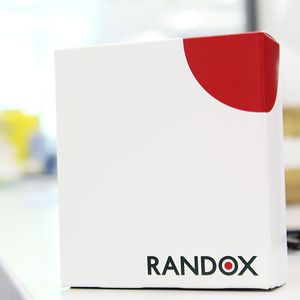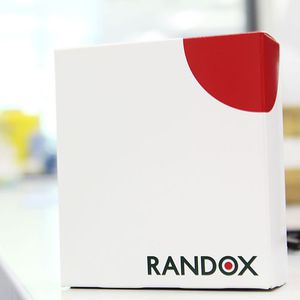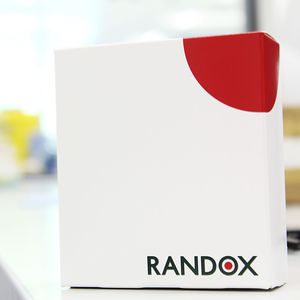
- Laboratory
- Laboratory medicine
- Albumin reagent
- Randox Laboratories
- Products
- Catalogs
- News & Trends
- Exhibitions
Zinc reagent ZN seriesenzymealbuminfor clinical chemistry
Add to favorites
Compare this product
Characteristics
- Type
- enzyme, albumin
- Applications
- for clinical chemistry
- Tested parameter
- copper, zinc
Description
Zinc (ZN) is an essential trace element (micronutrient) and plays a vital role in several biological processes 1. ZN is released from food as free ions during digestion. Specific transport proteins facilitate the passage of ZN across cell membranes into circulation. 70% of circulatory ZN is bound to albumin 2. As ZN does not attain redox properties, it is capable of transportation around the biological systems without inducing oxidative damage, which can occur with other essential trace elements like copper 3.
Physiological Significance
ZN has a key role in growth, reproduction, sexual maturity and the immune system. ZN is vitally important in the functionality of >300 enzymes utilised in the stabilisation of DNA and gene expression 1. ZN can constitute strong, yet readily available flexible and exchangeable, complexes with organic molecules, enabling it to modify the three-dimensional structure of specific proteins, nucleic acids, and cellular membranes, thereby influencing the catalytic properties of many enzyme systems and intracellular signalling. ZN is associated with >50 metalloenzymes with a diverse range of functions and so ZN plays a central role in metabolism, differentiation and cellular growth 3.
Deficiency
Zinc deficiency has been identified as a malnutrition issue worldwide. ZN deficiency is more prevalent in areas of low animal consumption and high cereal consumption. It’s not that the diet is low in ZN but more so the bio-availability of ZN which plays a major role in its absorption.
Toxicity
As there are multiple sources of ZN in the environment, exposure to and toxicity from ZN are not uncommon.
Catalogs
No catalogs are available for this product.
See all of Randox Laboratories‘s catalogsRelated Searches
- Randox test kit
- Randox solution reagent
- Blood assay kit
- Randox molecular biology reagent
- Randox research reagent
- Randox diagnostic reagent
- Randox protein reagent
- Randox laboratory reagent
- Immunoassay rapid diagnostic test
- Randox enzyme reagent
- Molecular test kit
- Cassette rapid diagnostic test
- Whole blood detection kit
- Respiratory infection test kit
- Randox rapid virus test
- Randox histology reagent
- Randox biochemistry reagent
- Randox rapid infectious disease test
- Randox immunoanalysis reagent
- Cassette assay kit
*Prices are pre-tax. They exclude delivery charges and customs duties and do not include additional charges for installation or activation options. Prices are indicative only and may vary by country, with changes to the cost of raw materials and exchange rates.
























































































